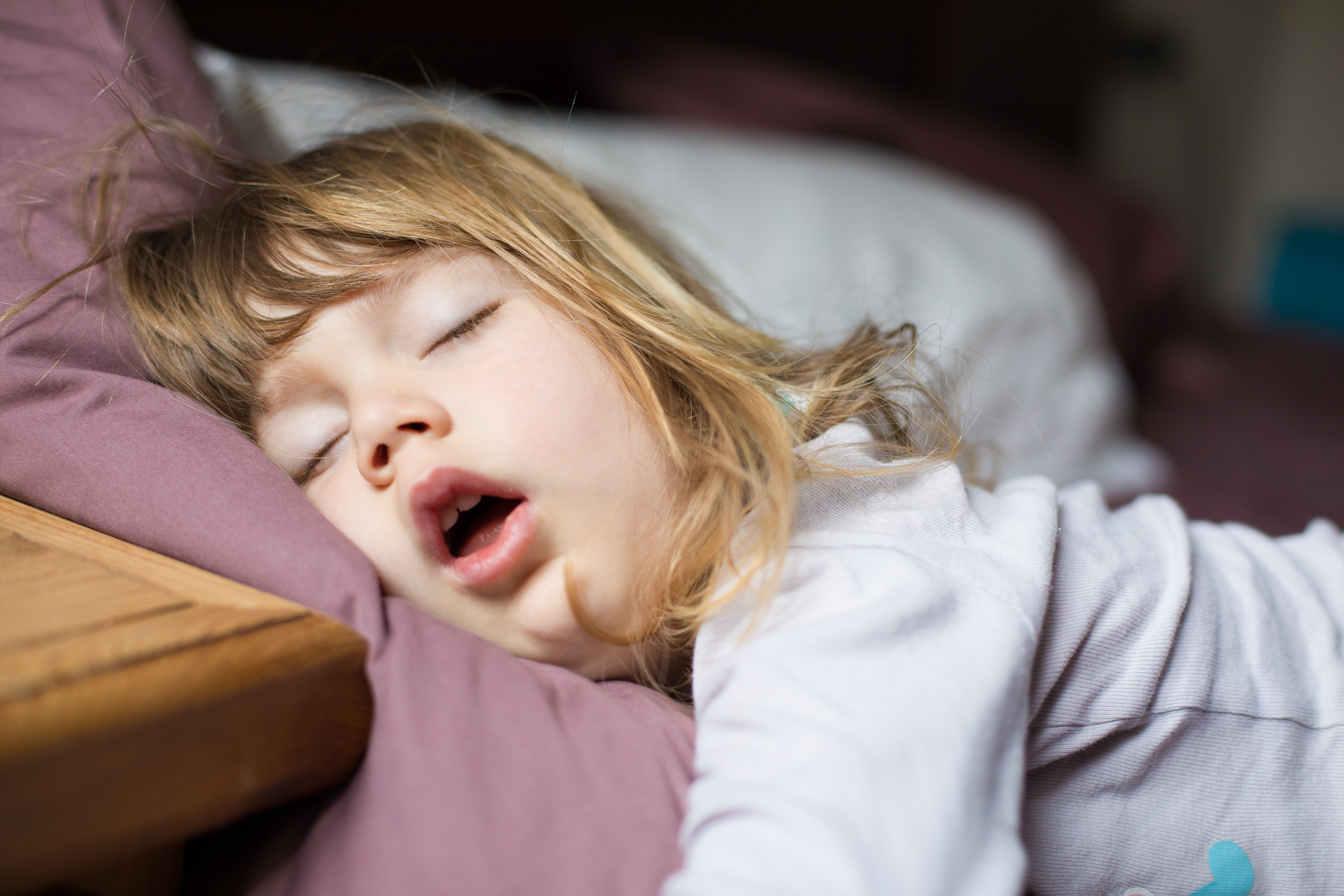FOR many parents the bedtime routine can be a nightly battle.
With clocks going forward on March 28 – we will all be losing a much-needed hour of sleep and kids are likely to be the most affected.
Lockdown has meant that most kids have been cooped up in doors for longer – making it harder for fatigued parents to tire them out and get them to bed at a reasonable hour.
Restrictions have also meant that most kids, up until the start of this month, had been learning at home.
Additional screen time has also come from higher computer and technology usage – because let’s face it, sometimes it’s easier to let them binge-watch Peppa Pig.
The experts at children’s storytelling audio device company tonies say that establishing a healthy sleep routine for children has never been so important, and the last thing parents want on Monday morning is groggy, sleep-deprived little ones!
Sleep expert Mandy Gurney, founder of Millpond Children’s Sleep Clinic has revealed her top five tips on helping children get to sleep.
1. Set the scene
Mandy said that it all comes down to planning when it comes to getting your child off to bed at a reasonable hour.
She said: “Start thinking about your child’s bedtime an hour before you want them to be asleep.
“Tidy away toys and turn off all screens including phones, tablets and computers, as blue light can interfere with the production of the sleep hormone, melatonin.
“Dim the lights in their bedroom, too – this will also help with melatonin production.”
Mandy added that during this hour, it’s also best to avoid giving your child any sugary food and drinks, as these could impact on their sleep.
2. Adjust their sleep pattern
While schools have been closed over the past few months, children have become used to staying up later and sleeping in a little more in the mornings.
Schools and nurseries have now restarted for all children and the change in routine could be impacting your child’s sleep rotuine.
“This may just be a matter of pressing the ‘reset button’ on their sleep routine – if they are now taking an excruciating hour or more to fall asleep, it is important to teach them how to nod off in 10-15 minutes again.
“The aim of this technique is to gradually shift children’s body clock earlier in small increments until they are able to fall asleep at a more suitable time”, Mandy said.
To improve your chances of success, Mandy advised keeping a sleep diary.
In this you should record what time your child naturally falls asleep and then for three nights after that, put your child to bed at the latest time you have recorded in the diary.
She added: “Explain to your child that they will be staying up a little later for a few days, keeping specifics about timings to a minimum.
“When it comes to bedtime, start their bedtime routine about 30 minutes before putting them to bed, keeping activities calm, relaxing and quiet.
“Say goodnight 15 minutes before your child usually falls asleep. They should be asleep 15 minutes later.”
When the morning comes, Mandy said you should wake them up 15 minutes earlier than you usually would – this she says will get them into the daylight as soon as possible, to help suppress melatonin and reset their circadian rhythm.
She added: “Repeat this pattern, moving bedtime and wakeup time earlier by 15 minutes at a time, until you reach the time that is right for your child’s school schedule.”
3. A good bedtime routine
Even as adults it’s great to have a good bedtime routine and Mandy says this should be a big part of family life.
Mandy said that once you have your routine in place then you should try and follow the same steps each night.
She said: “With such a huge change in routine on returning to school, some much-needed stability and a sense of calm can do wonders to soothe any anxieties that may have cropped up.
“These steps will set up the expectation for your child that bedtime is on the way and will give them the familiarity and security they need to be calm and relaxed before sleep.”
4. Relaxation is key
Even adults find it hard to switch off and it’s exactly the same when it comes to kids.
Mandy recommends giving your child a warm bath for no longer than ten minutes.
She said you should avoid making this pre-bed bath an opportunity for play time to prevent over-stimulation before bed.
“Afterwards, go straight from the bathroom into the bedroom. To keep the routine focused, it’s best not to go back into the living area as your child may become distracted”, Mandy added.
5. Bedtime stories and soothing sounds
Many children look back at bedtime stories with fond memories.
Mandy suggests that each night you should end the bedtime routine with a story.
She said: “Listening to well-loved stories will help your child to relax and this will soon become a familiar part of their bedtime routine that your child associates with the end of the day and time for sleep.”
Mandy said that products such as Sleepy Time Tonies can help as they include much loved characters from shows such as “In the Night Garden”.
“Try to avoid any discussions or lots of chatting at this time as this could stimulate your child’s brain too much.
“After a kiss and cuddle goodnight, leave the bedroom: they should be asleep around 15 minutes later”, she added.















